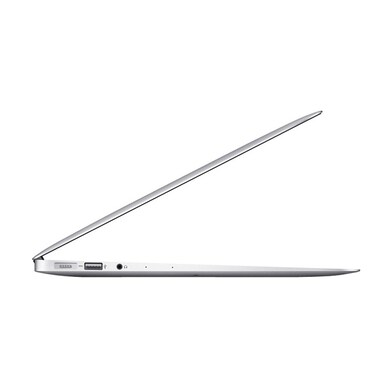
It’s not natively supported on many Linux distributions, but you can. For external drives, it almost always makes sense to format in ExFAT, unless you’re using the drive for Time Machine. RELATED: You’ll also be asked to choose between a partition scheme: GUID Partition Map, Master Boot Record, or Apple Partition Map. Both also work with Windows PCs. APM is an older, Mac-only partition scheme.
Achieve this after a Command-R boot by choosing Reinstall macOS from the macOS Utilities list, and selecting the new SSD as the destination for macOS. This will give you a completely fresh start, though your emails, app settings, and other files will need to be separately hunted down and brought over from your other hard drive. For users with plans to swap an optical drive for an SSD, keeping the SSD as a non-boot drive, nothing needs to be done to prep software beforehand. Backing up your Mac is always a good idea before opening it up, but all you’ll need to do after the SSD installation is run Disk Utility and format the new drive, then transfer files over as you see fit. However, if you plan to make the SSD your boot drive, follow the instructions above so you can enjoy the speed benefits of running macOS directly from the SSD. Once you’ve set up the SSD with macOS and your files, choose the SSD as your boot disk from the Choose Startup Disk utility, found in System Preferences (Startup Disk) or the macOS Utilities suite. One brief note on TRIM, a topic that was a bigger deal when I originally wrote SSD guides;.
If the partition is larger than 4GB, you can only choose FAT32, NTFS or EXT2/EXT3; and if the partition is smaller than 4GB, you can choose FAT, FAT32, NTFS or EXT2/EXT3. Chemistry add in for word mac. Choose the Cluster Size (512 bytes, 1, 2, 4.64KB) from drop-down list and c lick ' OK' to apply the format operation. Note: Smaller cluster size makes less wasting of disk space.The smaller cluster size is, the bigger file allocation table (FAT) will be. The bigger the FAT is, the slower the operating system works with the disk. Click ' Apply' to confirm all pending operations.
If you are doing a fresh install of OS X on the SSD, which you should, you can use the setup assistant system when your Mac first reboots to the new install of OS X to copy all you files, including user accounts, settings and app over from your original standard hard drive that you put in the optical bay. How to partition a Mac hard drive or SSD, or create a APFS volume. Click on the new partition and type a name for it in the 'Name:' box. Make sure the format is Mac OS X Extended (Journaled).
All postings and use of the content on this site are subject to the.
Format Ssd For Mac Os High Sierra
In my experience it always broke down when I tried to index ntfs but exfat never was an issue. Yes exFAT isn't something you'd run a server on or as working data drive. For data of big files such as movies, pictures, music it works just fine. Any possible corruptions that might occur would be easily resolved and rather unlikely. There is a good reason it isn't used for running an OS on top but for just a data drive it is a fast low overhead, easy to maintain file system. FAT table repairs are also rather easy. The only issues that can come up is when copying data over and if something goes wrong you have to redo on HFS and NTFS just the same.